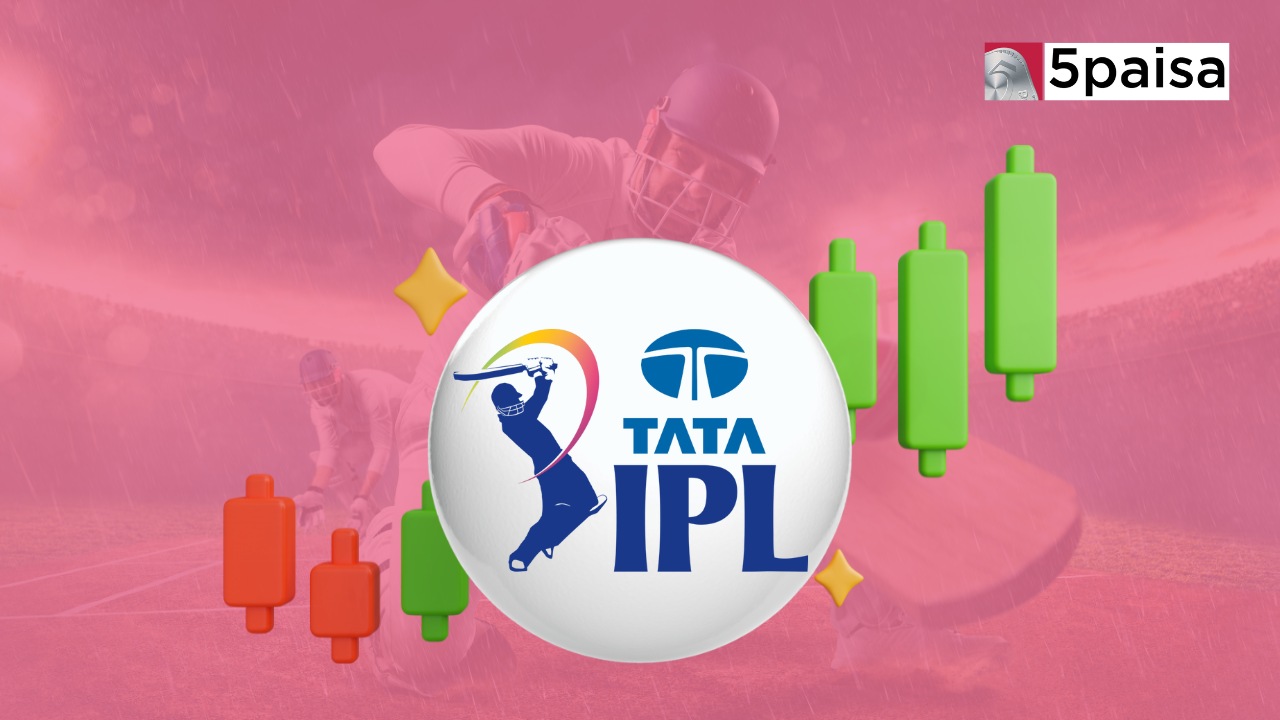
Can Star Health get into shape quickly as investors eye near-term profitability?
Star Health and Allied Insurance Company Ltd, which counted the late stock market investor Rakesh Jhunjhunwala among its backers, became India’s first listed standalone health insurance company in December last year. Despite its unique proposition, however, the company’s stock hasn’t set the stage on fire—at least not yet.
The company’s IPO had received a poor response from investors as only 79% was subscribed because expensive valuations overshadowed positives such as the backing of an ace investor and the company’s advantageous position to grow in India’s vastly under-penetrated insurance market. The stock was listed at Rs 845 on the National Stock Exchange, a 6% discount to its issue price, but it managed to close higher at Rs 906.85 on the first day.
Over a year since its listing on December 10, 2021, the shares are down 31%, reflecting the concerns of the investors over the company’s weak profitability.
Profitability woes
In FY22, Star Health reported a net loss of Rs 1,040.7 crore compared with a loss of Rs 1,085.7 crore a year ago. The loss has been on account of higher COVID-related claims. In just one quarter, three months to March 2022, the company incurred COVID claims of Rs 120 crore. The number stood at Rs 990 crore in April-May of 2021, when the second wave of the pandemic had led to a spike in infections.
Higher claims meant that the combined ratio remained above 100%, at 117.9%. While a ratio of above 100% indicates underwriting loss for insurers, it does not take into account investment profits. Other metrics such as the claims ratio or loss ratio are also tracked to gauge the operational performance of insurance companies.
The claims ratio, the percentage of claim cost to the premium earned, stood at 87.1% in FY22. In the absence of the impact of the pandemic, this ratio would have been 65.8%, according to the company’s investor call transcript.
The claims ratio improved to 66.3% in April-June of FY23 before climbing again to 68.2% in the next quarter, denting profitability. Net profit fell to Rs 93.1 crore in the second quarter from Rs 213.2 crore reported a quarter ago. However, the company has recorded an adjusted net profit for the first half of this fiscal year.
The claim ratio in the second quarter was higher than historical averages and was on account of the impact of epidemics like dengue, malaria, viral fever, etc. In addition, persistently high medical inflation also contributed to the rise in the claims ratio.
According to the company’s management, usually, such epidemic-related claims are seen in October-December but no major impact was seen in the first 40 days of the quarter.
In October, the loss ratio, which included the claims ratio, was approximately 63.5%. The loss ratio is a percentage of claims and adjustment expenses paid divided by the premium earned.
Star Health's guidance
The company is confident of achieving the guided loss ratio of 63-65% in FY23 and a combined ratio of 93-95% on the back of controlling claim costs and price hikes in key products.
Star Health is known for its claim management expertise and was the first health insurer to start an in-house system for managing claims. It operationalised an anti-fraud digital initiative this year with an aim to save on claims output.
The initiative is already yielding results with 50 basis points of reduction in the claims ratio in the September quarter. The company is aiming for an over 100 bps reduction in the claims ratio in subsequent quarters.
The profitability goals of the company are based on multiple levers with efficient claim management on one side and price hikes and controlling expenses on the other side.
In the December quarter, Star Health plans to increase the price of its flagship product Family Health Optima, which accounts for 50% of the business, to combat the structural rise in medical inflation post-COVID. In July, it had increased the price of Medi Classic Individual by 24%. The hike has started showing results in the form of lower loss ratios.
Analysts said that while these decisions are in sync with the company’s aim to drive profitability in each segment, the full benefits will only be seen in the next financial year. Digitisation is another area that will help in lowering costs.
In the first half of FY23, gross-written premium acquired through online channels jumped 28% year-on-year to Rs 610 crore, while digital issuance, as a percentage of premium collection, increased to 63% from 60% in FY22.
Advantage Star Health
According to analysts, Star Health has many advantages—a dominant market share in retail health insurance, strong distribution and hospital tie-ups, and in-house claim management—to keep up the growth momentum.
In the second quarter, Star Health reported a 34% market share in the retail health segment, which the company claims to be three times the second-largest player in the industry.
Retail gross written-premium rose 21% year-on-year to around Rs 5,200 crore in the first half of FY23, higher than the industry growth of 14%. But overall gross written premiums were up 12% because the company is exiting loss-making group health policies. Though it remains positive on small and medium enterprises and non-employer employee group policies, which are largely sold to retail customers of bancassurance tie-ups.
The management expects growth to pick up in the second half with the rise in volume in the March quarter as customers rush to buy insurance policies and health covers to take advantage of tax benefits before the closure of the financial year.
Analysts said that under-penetration of health insurance in India offers standalone health insurers like Star Health an opportunity to grow.
“India's health insurance industry is highly underpenetrated, with the premium at 0.4% of GDP (global average of 2%) and 3% lives covered through retail products. Demand for health insurance continues to be strong. Furthermore, tariff hikes should restore profitability for the industry grappling with medical inflation,” Julius Baer Wealth Advisors (India) Private Limited said in a report dated November 22.
The brokerage had kept ‘buy’ on Star Health’s stock but revised the target price to Rs 775 from Rs 820.
The company also has an opportunity to expand market share on the back of its agency strength as well as product specialisation. Tailoring insurance covers for specific health risks will help enhance portfolio yield. These products tend to have a lower loss ratio, analysts said.
In the first half of FY23, the company added two new products for existing family health policies with higher sum assured, a move that will aid profitability. Retail premium mix for specialised products rose to 16.5% in H1 from 15.1% in FY22. Analysts said that a further rise in this number would help not just in driving growth but also help in brand building amid competition.
Similarly, the addition to the agency force of 586,000 would also be watched as it has a direct bearing on productivity and growth because health insurance remains a push product in India. The company said it is on course to add 80,000 to 100,000 agents in this financial year.
Standalone health insurers enjoy a regulatory advantage because the Insurance Regulatory and Development Authority of India allows them to appoint life insurance agents without clearing an additional examination.
Investors are watching what Star Health does with its many advantages.
 Tanushree Jaiswal
Tanushree Jaiswal



